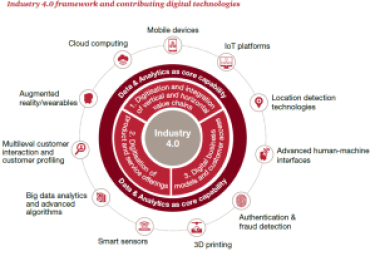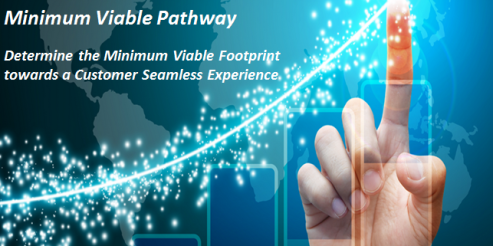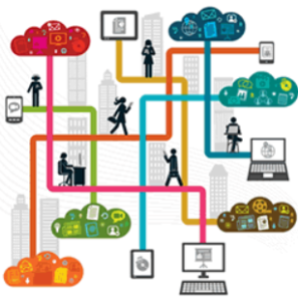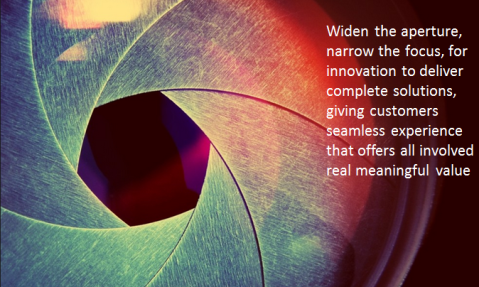
Today we have to “think China” when it comes to looking for the dynamism within Ecosystems and Platforms, they are leading, exploring and extending the thinking beyond our more limited ambitions in the West.
It is the environmental conditions coming together or being explored and exploited that make China stand out in its dynamism in this area.
It is that combination effect of the Government building, laying in ‘accepted’ guidelines and encouraging the infrastructure, it is the business entrepreneur and the social conditions that are enabling so much.
Dynamism is the quality of being characterized by vigorous activity and progress. It projects an energy, force, power and vigor and a strong desire to make something happen. It is the manifestation of these forces (conditions) that is constantly pushing the boundaries of our understanding of what is possible in the ecosystem and platform approach. The Chinese have found ways to experiment, develop and constantly create a real motion within the system.



 Platforms presently are the new gold rush we in business need to exploit today. They are becoming an essential part in our needs to shift to the new creation of connected value.
Platforms presently are the new gold rush we in business need to exploit today. They are becoming an essential part in our needs to shift to the new creation of connected value. Throughout our blog posts about innovation, ecosystems and platforms, we’ve maintained one core theme: incremental, discrete product innovation will not create significant new revenues or disrupt markets.
Throughout our blog posts about innovation, ecosystems and platforms, we’ve maintained one core theme: incremental, discrete product innovation will not create significant new revenues or disrupt markets.
 Through our discussions about innovation, ecosystems and seamless experiences we’ve highlighted the fact that 1)
Through our discussions about innovation, ecosystems and seamless experiences we’ve highlighted the fact that 1) 
 We seem to be facing a major crossing-over point in innovation. We can either switch tracks and allow innovation to go on the slower line that continues to stop at all stations, picking up and dropping off, steadily working towards its final goal of “incremental delivery” or, we can decide to keep innovation on the fast track, picking up momentum because we need to treat innovation as ‘core’, essential and needed, to be delivering the growth engine our organizations are requiring today.
We seem to be facing a major crossing-over point in innovation. We can either switch tracks and allow innovation to go on the slower line that continues to stop at all stations, picking up and dropping off, steadily working towards its final goal of “incremental delivery” or, we can decide to keep innovation on the fast track, picking up momentum because we need to treat innovation as ‘core’, essential and needed, to be delivering the growth engine our organizations are requiring today.